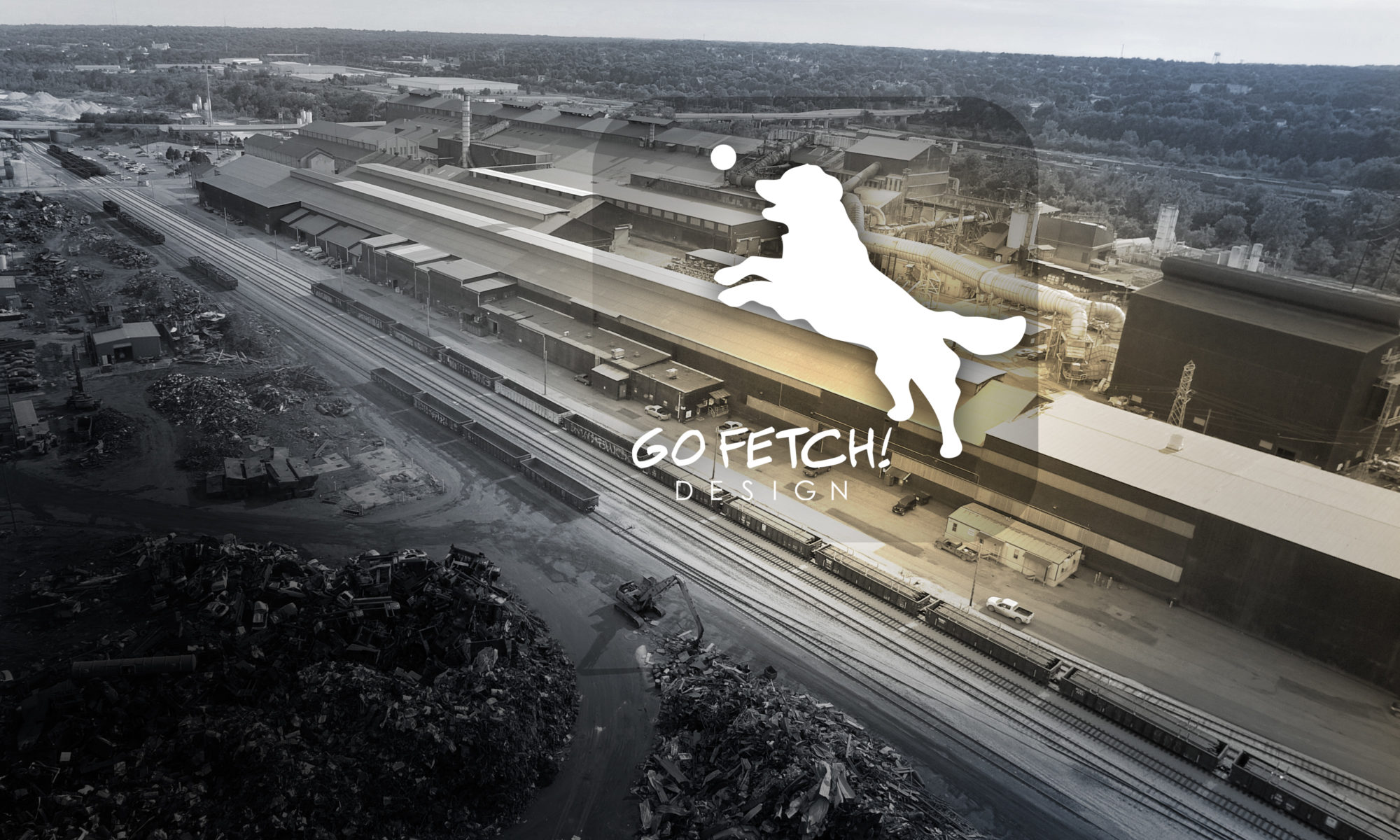The Next Big Thing
These sketch renderings represent a clay studio from 2003 sponsored by the Ford Motor Company. The basis of the studio was to create the next generation of youth vehicles and then to construct a 1/5th scale clay model based on your design. A ford based platform was to be used. My design resided on a modified Ford Focus chassis that was fitted with the venerable 32 valve supercharged Cobra engine; which will accept the engine along with a rear drive layout. A sleek 2 seater body gave way to a large tapered glass hatchback.
Capturing the essence of the next generation of Ford powered youth vehicles
The design was nicknamed the Raven; partial to Ford’s use of animal names. A small lightweight yet empowered animal that hearkens ill news for those in it’s path.
Each sketch rendering captured the essence of the vehicle as it showcased the unique vehicle features and aesthetics. These were to be used when sculpting the final clay model. Note the ‘winged’ scissor style doors also tying into the Raven nameplate. Shown to the right is an earlier rendering of the final design concept. These developments took place over a five week period where the ideation would be brought to life at scale.
Final Design and Clay Model
Placed neatly in the foreground of the city skyline are the final renderings of the Raven vehicle. These are drawn with a combination of marker, chalk, and colored pencil on a vellum paper.Final renderings are used to illustrate a finished and painted vehicle in cases when a clay model is left raw. For this studio, the only portions not to be left in clay were the windows and other features which were covered by a vinyl substrate.
packaging to promote real life design challenges.
The final fifth scale clay model is presented below. The model featured such items as hand made vaccum-formed plastic wheels and foam tires which were spun on a lathe. Tape was used to show door cuts along with trim lines. A dual plane front splitter graces the front end of the Raven. A large open mouth houses the lower heat exchanger for the supercharger system and provides for ample cooling for the canted radiator. Our study included power train and interior packaging to promote real life design challenges.



